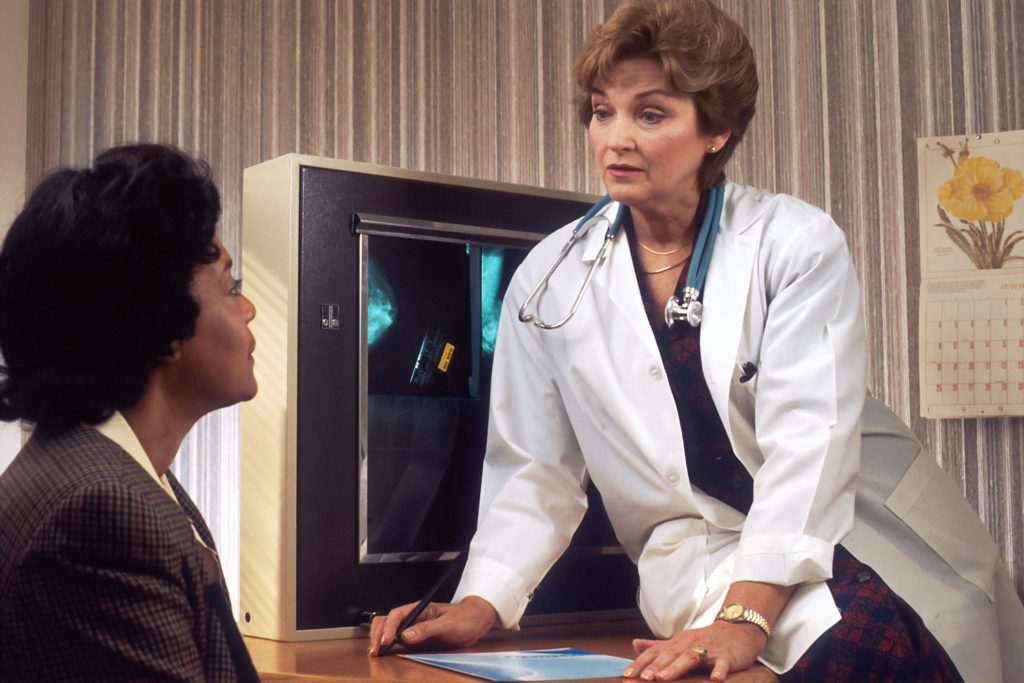
Wellness Check: Key Indicators for Monitoring Your Health Regularly
The importance of regular health check-ups should never be underestimated, as they often reveal warning signs of potential medical problems. As a health enthusiast or everyday health consumer, understanding the […]
The importance of regular health check-ups should never be underestimated, as they often reveal warning signs of potential medical problems. As a health enthusiast or everyday health consumer, understanding the essential health indicators can significantly help maintain a healthy lifestyle. This article aims to enlighten you with key indicators for monitoring your health to ensure you’re taking proactive measures towards a healthier you.
1. Body Mass Index (BMI)
BMI has been a long-standing tool for identifying excess weight which may pose health risks. This simple calculation involves using your weight and height to give a ballpark figure on your body’s fat composition. A BMI between 18.5 – 24.9 is considered healthy, underweight is below 18.5, overweight is between 25 – 29.9 and obese is 30 and above. However, it’s essential not to make broad assumptions based merely on these numbers since BMI does not account for muscle mass, bone density, and distribution of fat.
2. Blood Pressure
High blood pressure, also known as hypertension, happens when the force of blood against the arteries stays high for a long period, leading to complications such as heart disease and stroke. The American Heart Association suggests regular home monitoring along with doctor visits to curb the possibilities of escalating risks. A normal reading usually stands at less than 120 over 80 (120/80mm Hg).
3. Blood Sugar Level
Rising sugar levels in the body can lead to ailments such as diabetes. Monitoring your glucose level is crucial, particularly if you have diabetes or are at high risk. A fasting blood sugar level between 70 to 100 mg/dL is considered normal for non-diabetics. However, values may vary based on the individual’s age and health condition.
4. Cholesterol Level
Cholesterol is not inherently bad but becomes a problem when it accumulates to an unhealthy level. High cholesterol levels (high LDL and low HDL) can potentially clog your arteries and increase your risk of heart disease. Ideally, total cholesterol levels should be less than 200 mg/dL, low-density lipoprotein (LDL) cholesterol under 100 mg/dL, and high-density lipoprotein (HDL) cholesterol over 60 mg/dL.
5. Physical Activity
Staying active is about more than just burning calories. It also benefits virtually every system in your body and improves mood, cognitive function, and overall well-being. Experts suggest engaging in moderate exercise for at least 150 minutes per week or vigorous intensity activity for 75 minutes per week, along with muscle-strengthening activities at least twice a week.
6. Healthy Diet
Food is a significant health indicator, and your eating habits can directly impact your well-being. Consuming a diet rich in fruits, vegetables, lean protein, and whole grains while limiting processed foods, unhealthy fats, and sugar can help maintain a healthy body weight and lower the risk of chronic diseases.
7. Mental Health
Increasingly, mental health is recognized as a vital part of overall wellness. Anxiety, depression, and stress can manifest in physical forms such as headaches, fatigue, and even elevated heart rates. Seeking regular mental health check-ups, openly discussing your feelings with a trusted loved one or a professional, and engaging in stress-reducing activities like meditation and yoga can help maintain your mental health balance.
8. Regular Screenings
Regular health screenings, including cancer screenings, eye examinations, dental check-ups, and immunizations, are also essential. These screenings can help detect potential problems early when they’re easier to treat.
Remember, these health indicators serve as guidelines rather than strict rules. Differences in age, gender, and general health condition can influence the normal value range for each indicator. Therefore, it is advisable always to consult your healthcare specialist for personalized advice.
Your health is your wealth, and knowing the key indicators for monitoring it allows you to perform regular wellness checks effectively. The journey to ultimate health and wellness is a lifelong commitment that begins with knowing yourself — and these health indicators are your road map to a healthier, happier life.
Don’t wait until you fall ill to engage in health monitoring; make it a part of your routine and enjoy your journey to wholesome living.
Photo by National Cancer Institute on Unsplash
Written by AI & Reviewed by Clinical Psychologist: Yoendry Torres, Psy.D.
Disclaimer: Please note that some blog posts may contain affiliate links and Sana Network will earn a commission if you purchase through those links at no additional cost to you. We use all of the products listed and recommend them because they are companies or products that I have found helpful and trustworthy. Our website is supported by our users.
